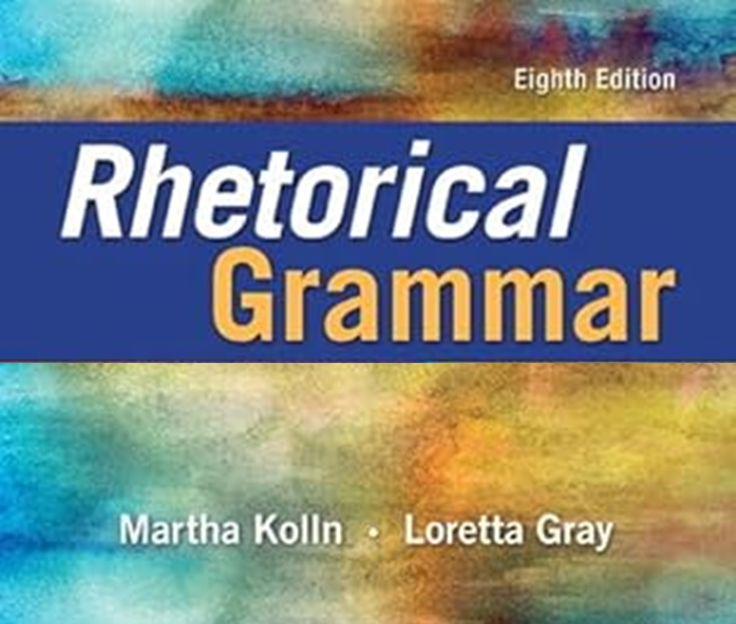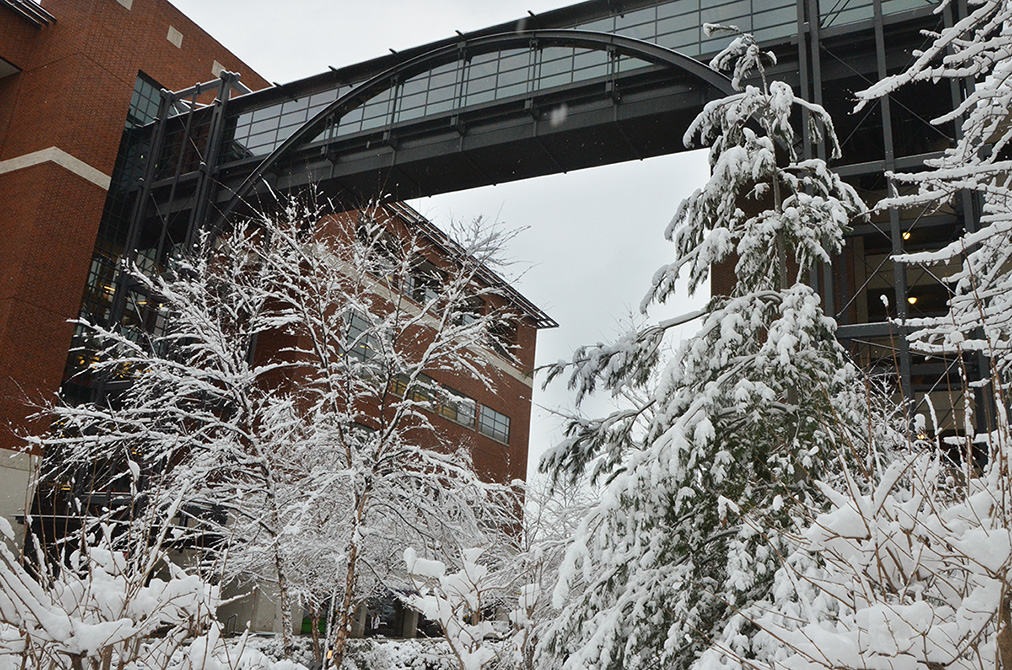
The Power of the Familiar
Two days ago, during my presentation at Duquesne University (see my previous post for more details), I asked a student to recall a passage that had effectively drawn him into a piece of writing.
Without hesitation, he identified the opening of Washington Irving’s “Rip Van Winkle.”
Whoever has made a voyage up the Hudson must remember the Kaatskill mountains. They are a dismembered branch of the great Appalachian family, and are seen away to the west of the river, swelling up to a noble height, and lording it over the surrounding country.
It was the details that did it, he explained. The imagery drew him in, offered a secure footing in the familiar before taking him into the unknown.
Engage with the Known, Proceed to the New

Getting lost in anything–whether a mountain forest or a piece of writing–can be frustrating. And yet, good writing should take us to new places, introduce us to fresh ideas. To bridge the gap, writers can employ a strategy called the known/new contract.
Often attributed to linguists Martha Kolln and Loretta Gray, who write about it in their book Rhetorical Grammar, the known/new contract advises writers to begin with the known before progressing to the new.
In the quote from a recent installment of the Script Notes podcast that concluded my previous post, writer Craig Mazin talks about knowing where to begin a story, where to go from there, and where to arrive.
Generally, good storytellers know to begin with the familiar, something the reader knows and is interested in before progressing into unexplored territory.
Lost and Found

I must admit, I felt a bit lost earlier this week when I arrived for my talk at Duquesne University. My previous return to the school, for a presentation in 2022, took place in a facility on the far north-east edge of campus–in a building that would have been considered off-site during my days as a teaching fellow.
But yesterday’s presentation landed me right in the heart of campus.
It was a cold morning, possibly the coldest of the year, and the wind from the Monongahela bit like a blade as I crossed a catwalk from the top of the Forbes Avenue garage to the bluff overlooking the city.
Suddenly, I found myself surrounded by the unfamiliar: a new library and law building, a new commons area leading to the former School of Nursing, and a succession of enclosed catwalks that expanded the campus to the upper floors of adjacent high-rises. It was all fairly intimidating.
But then, amid the newness, I spied something familiar.
It was the old College Hall–a boxy, Brutalist building where I’d once shared an office with poet-in-residence Samuel Hazo. It hadn’t changed, and seeing it gave me the secure footing I needed before striking out to explore the unknown.
What About You?
Can you recommend a piece of writing that drew you in, put you on secure footing before taking you someplace new? Or do you know of an exception, an essay or story that confounded you at the outset but nevertheless held your interest?
The comment box is open, as are the social media buttons below. Reach out. Continue the conversation. It’ll be great to hear from you.

Leave a Reply